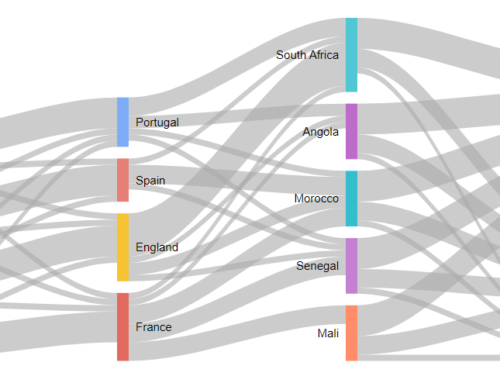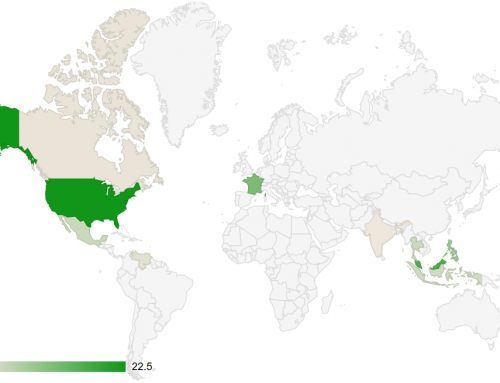A recent mainstream media article discusses a class-action settlement between Verizon and its current and former customers regarding administrative charges. It discusses how Verizon has agreed to pay up to $100 million to settle the lawsuit, which claimed that the company did not disclose certain monthly administrative charges in its advertised prices.
However, some examples of subjectivity include the fact that the article uses language that suggests Verizon’s actions were deceptive, such as “falsely advertised” and “not disclosing”, language implying wrongdoing on Verizon’s part, despite the settlement not including an admission of wrongdoing or liability. Also, the article does not provide a detailed explanation of the administrative charges in question or the reasons behind them, which could lead to a one-sided perspective on the issue, while it emphasizes the potential $100 million settlement amount and the individual payouts, which may create a sensationalized view of the situation.
Using objective data and information for clarification, the article could provide a clear explanation of the administrative charges, including their purpose and how they were disclosed to customers, to help readers understand the context of the lawsuit and settlement. The article should also include data on the number of affected customers and the average amount of administrative charges paid by each customer. This would give readers a more accurate understanding of the scale of the issue.
A second example is related to an article that discusses the increasing portion of individual income taxes being used to service the interest on the US national debt. It presents the issue as a growing problem, citing projections from the Congressional Budget Office (CBO) and the Committee for a Responsible Federal Budget and also mentions the impact of recent interest rate hikes by the Federal Reserve and compares the borrowing approved by President Biden to that of former President Trump.
The article uses subjective language, such as “consuming nearly half of all individual personal income taxes” and “the problem may soon get worse,” which could be seen as exaggerating the issue. Also, the comparison of borrowing approved by President Biden and former President Trump may be seen as subjective, as it does not account for the different economic and political circumstances faced by each administration.
Using objective data and information could provide precise figures on the percentage of individual income taxes currently being used to service the national debt interest, along with historical data for context. The news on this topic should also present the CBO projections in a clear, easy-to-understand format, such as a graph or table, to help readers grasp the scale of the problem, and a more detailed breakdown of the factors contributing to the increase in interest payments, such as the specific impact of interest rate hikes and the growth of the national debt. When comparing the borrowing approved by different administrations, the piece should also provide additional context on the economic and political challenges faced by each president, as well as the specific purposes of the borrowing.



